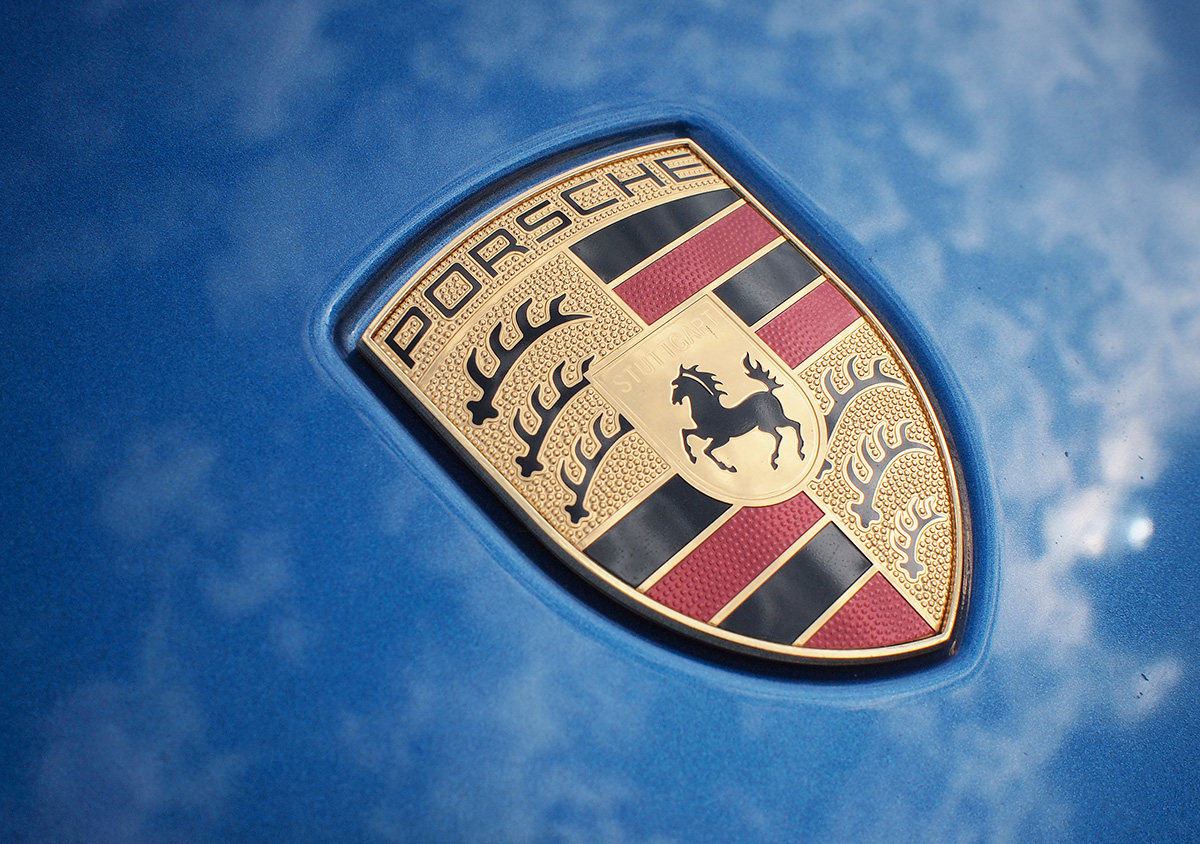History of Porsche past and present: 911, Cayman, Cayenne, more


Utter the name “Porsche” nowadays and most people will immediately think of fine, fast and expensive German sports cars. The legendary brand actually started with two men by the same name: Ferninand Porsche and his son, Ferry Porsche. The two designed the original Volkswagen Beetle, and the latter went on to create the company’s first production luxury sports car, the 356 that also shared parts with the Bug.
Built with the familiar rear-engine, rear-wheel-drive layout, the lightweight two-seater with 40 horsepower was available in both hardtop and convertible form and helped begin a long legacy of amazing performance machines to come out of Europe that continues to this day. Below is a brief timeline of noteworthy Porsche moments.
Early years
1948 — The 356 is introduced, named after its design project number. Production starts in Austria and later moves to Germany.
1950 — The first North American Porsche order is placed.
1951 — Ferninand Porsche dies. Engine output of the 356 increases to 60.
1954 — A stripped-down version of the 356, the Speedster, is released.
1956 — The 10,000th Porche is built.
911 era
1963 — Porsche unveils the 911, which succeeds the 356 and features a new 2.0-litre, 130-hp six-cylinder engine.
1964 — The 911 begins production and retails for $5,500 US.
1965 — After 17 years, the 356 is discontinued. Its engine lives on in a 911 body dubbed the 912, the new entry-level model priced at $4,000 US.
1966 — A Targa variant of the 911, with a removable roof panel, is added to the lineup.
1970 — In a joint project between Porsche and Volkswagen, the 914 is born: a mid-engine, two-seater roadster with pop-up headlights. Engine choices are a four cylinder from VW or a six cylinder from Porsche.
Turbocharged and topless
1975 — North America meets the 911 Turbo for the first time. Offered as a 1976 model, the Turbo combines supercar performance with everyday practicality.
1976 — The 924, a front-engine sports coupe, replaces the 914. This time it’s offered with an Audi engine.
1978 — Another departure from the 911 takes shape: the front-engine, 240 hp V8 928.
1983 — A 911 Cabriolet is released and overtakes the Targa as the open-air driver’s Porsche of choice.
1984 — Porsche AG goes public. The 911 is now referred to as the Carrera.
All-wheel
1990 — There are plenty of firsts for the 911 Carrera such as an all-wheel drive system, 85 per cent new parts and a Tiptronic automatic transmission.
1995 — Front-engine models (968 and 928) are discontinued.
1996 — The one millionth Porsche is built.
Modern day
1997 — The mid-engine Porsche Boxster convertible is introduced.
1998 — Ferry Porsche dies. The company redesigns the 911 from the ground up using a liquid-cooled engine.
2000 — The Carrera GT supercar concept with a 5.5 L V10 is unveiled at the Paris Auto Show.
2003 — Porsche begins sales of its first sport utility vehicle, the Cayenne Turbo and Cayenne S.
2006 — The mid-engine Porsche Cayman is introduced.
2009 — At the Shanghai Auto Show, Porsche unveils its first sports sedan: the Panamera.
Electric age
2010 — Porsche Cars North America rolls out a production gasoline/electric hybrid for the first time with the Cayenne S Hybrid.
2013 — As part of a facelift for the Panamera, a plug-in hybrid version of the Panamera is released called the S E-Hybrid.
2014 — Two more plug-ins are made available: the Cayenne S E-Hybrid, and the 918 Spyder 608 hp supercar with 887 net horsepower. Porsche also enters the compact crossover market with the Macan.

